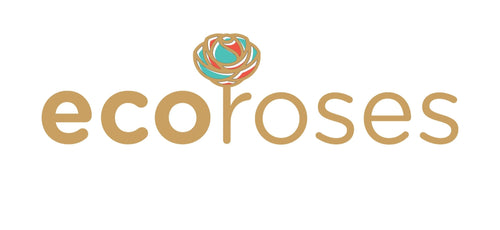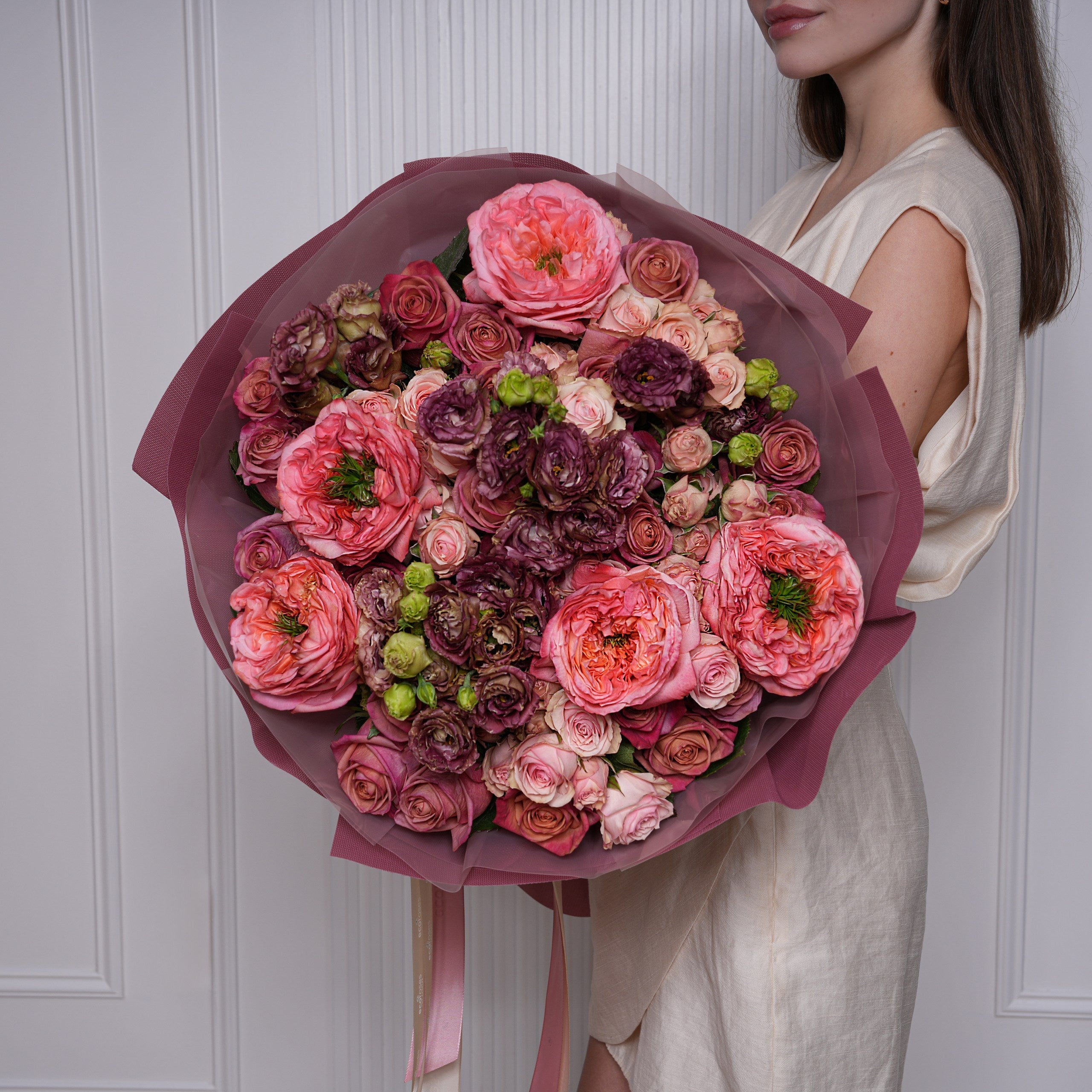Nature is a master of silent communication. From the rustling of leaves to the murmurs of rivers, the Earth speaks in its own language and nowhere is this language more fascinating than in how flowers interact with their pollinators. Flowers may be rooted in place, but they are active participants in the survival of their species, sending powerful visual, olfactory, and even electric cues to their target audience: bees, butterflies, hummingbirds, and more.
To experience this symphony of color, scent, and structure firsthand, explore a curated selection of blooms that embody nature’s brilliance here.
🌺 Why Pollinators Matter
Pollinators are essential to the reproduction of over 75% of the world’s flowering plants. Without them, many of the fruits, vegetables, and nuts we enjoy wouldn't exist. Bees, butterflies, birds, bats, and even beetles visit flowers to feed on nectar and, in doing so, unintentionally carry pollen from one bloom to another, facilitating fertilization.
To attract these vital helpers, flowers have evolved an astonishing array of signals-each tailored to their ideal pollinator.
🌼 The Language of Flowers: Types of Communication
Flowers communicate through multi-sensory messaging systems, such as:
-
Color
-
Scent
-
Nectar Guides
-
Flower Shape & Size
-
Ultraviolet Patterns
-
Thermal Imaging
-
Electromagnetic Fields
Let’s explore how each of these modes works to connect flower with pollinator.
🎨 Color as a Visual Cue
One of the most obvious ways flowers attract pollinators is through color. Different pollinators have different color preferences based on their vision range.
|
Pollinator |
Color Preference |
|
Bees |
Blue, violet, UV patterns |
|
Butterflies |
Red, orange, pink |
|
Birds |
Bright red, yellow |
|
Moths |
White or pale hues (at night) |
Why This Matters:
Bees don’t see red, but they can detect ultraviolet light-so many flowers that look plain to us actually glow with intricate UV “nectar maps” that guide the bee right to the reward.
👃 Fragrance and Scent Signaling
Flowers emit a wide array of volatile organic compounds (VOCs), or scents, to attract pollinators from a distance.
-
Sweet scents attract bees and butterflies.
-
Musky or fruity smells appeal to bats.
-
Rotten or fecal odors attract beetles and flies.
Scent can also signal time of availability. Some flowers release fragrance only at night to attract moths or nocturnal bats, while others release bursts of scent only when nectar is abundant.
🧭 Nectar Guides and UV Patterns
Some flowers have evolved patterns-visible only in ultraviolet light-that act like landing strips or arrows pointing toward nectar-rich areas. These nectar guides are critical for pollinators like bees that navigate based on UV sensitivity.
🌀 Flower Shape and Structure
The physical form of a flower is no accident. It often matches the feeding mechanism of the pollinator.
-
Tubular flowers: Perfect for hummingbirds and butterflies with long tongues.
-
Open, daisy-like flowers: Easier for beetles and flies to access.
-
Bell-shaped flowers: Ideal for bees to crawl inside and collect pollen.
Some flowers even act like pressure-triggered traps, closing momentarily to dust visiting pollinators with pollen before releasing them.
🟣 Thermal and Color Contrasts
Recent studies show that some flowers produce thermal patterns-warmer or cooler areas on petals-that act like visual lures for pollinators.
For example:
-
A flower may heat up its center more than its outer petals to guide bees inward.
-
Petals may reflect heat in patterns only detectable through insect thermoreceptors.
⚡ Electrical Signals and Static Charge
Here’s something truly amazing: Flowers communicate electrically.
Bees carry a positive charge when they fly, while flowers have a naturally negative charge. When a bee approaches, this difference causes a tiny electric field distortion that the bee can detect.
This signal tells the bee:
-
Whether the flower has been visited recently
-
If nectar has been depleted
-
How "fresh" the bloom is
🧬 Co-Evolution: Nature’s Floral Matchmaking
The most effective flower-pollinator pairs have evolved symbiotic relationships over millennia. This is known as co-evolution.
Examples:
-
Orchids and moths: Some orchids mimic the appearance and scent of female moths, luring males to “mate” and unknowingly pollinate them.
-
Fig trees and fig wasps: These two organisms rely entirely on each other for reproduction.
These relationships show just how tailored and intentional flower communication truly is.
🐝 Pollinator Memory and Learning
Pollinators are not passive agents—they learn from experience.
-
Bees remember which flowers offer more nectar.
-
They can recognize patterns, colors, and even time cues (visiting flowers at the same time each day).
-
If a flower gives no reward, bees are less likely to return.
This makes flower communication not just about attracting, but retaining loyal pollinators.
🧠 Floral Deception: When Flowers Lie
Not all flowers are honest. Some engage in deceptive tactics to lure pollinators without offering nectar or pollen.
-
Orchids are infamous for this, mimicking other species or even insects to trick pollinators.
-
Carrion flowers mimic rotting meat to attract flies, but give no reward.
This strategy helps reduce energy spent on producing nectar, relying instead on visual and olfactory illusions.
🌿 How You Can Attract Pollinators in Your Garden
Want to encourage more pollinator activity around your home? Here are some practical tips:
-
Plant native species known to support local pollinators.
-
Choose a variety of shapes and colors to appeal to diverse insects and birds.
-
Avoid pesticides, which can harm beneficial species.
-
Offer water sources like shallow dishes or birdbaths.
-
Include night-blooming flowers for moths and bats.
-
Grow plants with staggered bloom times to support pollinators year-round.
For fresh inspiration and floral additions, you can browse a curated mix of pollinator-friendly blooms and gifts from this botanical collection.
🔬 Modern Research & Future Frontiers
Scientists are now using:
-
High-speed cameras to analyze pollinator behavior
-
Electrodes to measure electric field interactions
-
Genomics to map pollination-specific genes in flowers
-
Artificial intelligence to predict pollinator preferences
These tools are helping us decode the unspoken language of flowers in ways never before possible.
🌸 Final Thoughts
Flowers may not speak, but their language is complex, beautiful, and vital to life on Earth. Through a delicate blend of color, scent, shape, heat, and even electricity, they communicate with their pollinators in ways that scientists are only beginning to fully understand.
So, the next time you see a bee zigzag toward a sunflower, or a butterfly hover near a zinnia, pause and consider: an entire conversation is happening before your eyes-one that’s kept our ecosystems thriving for millions of years.


